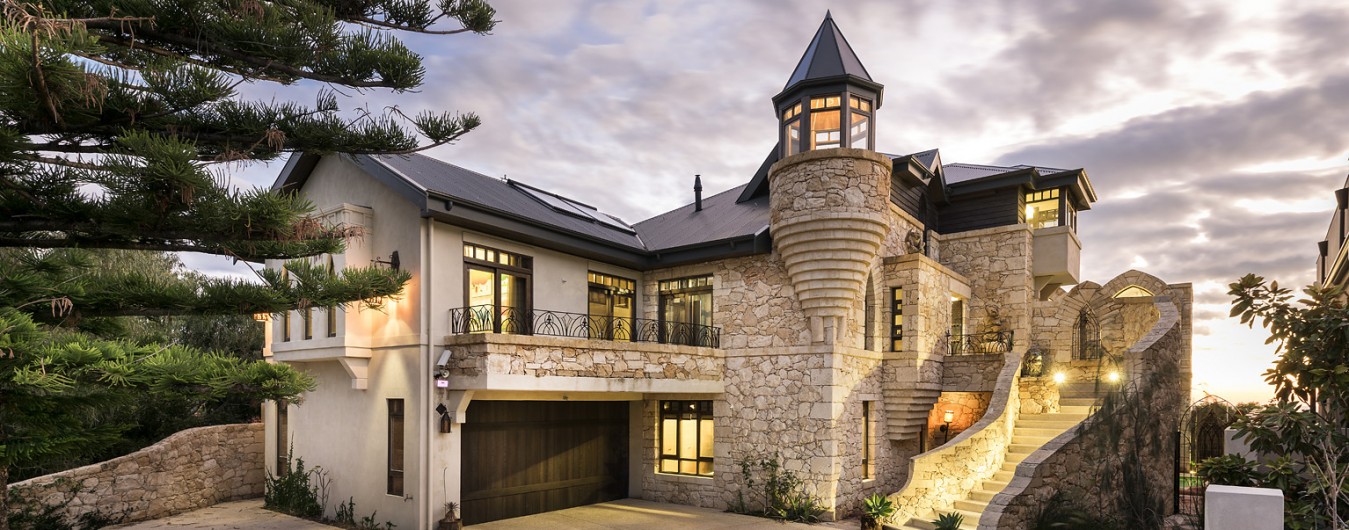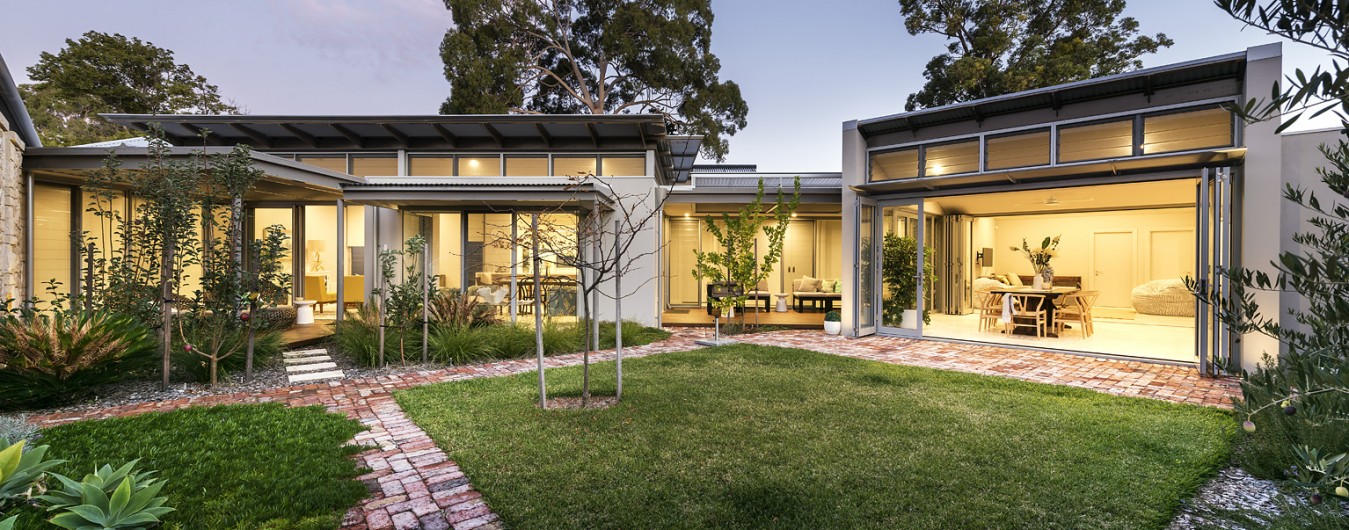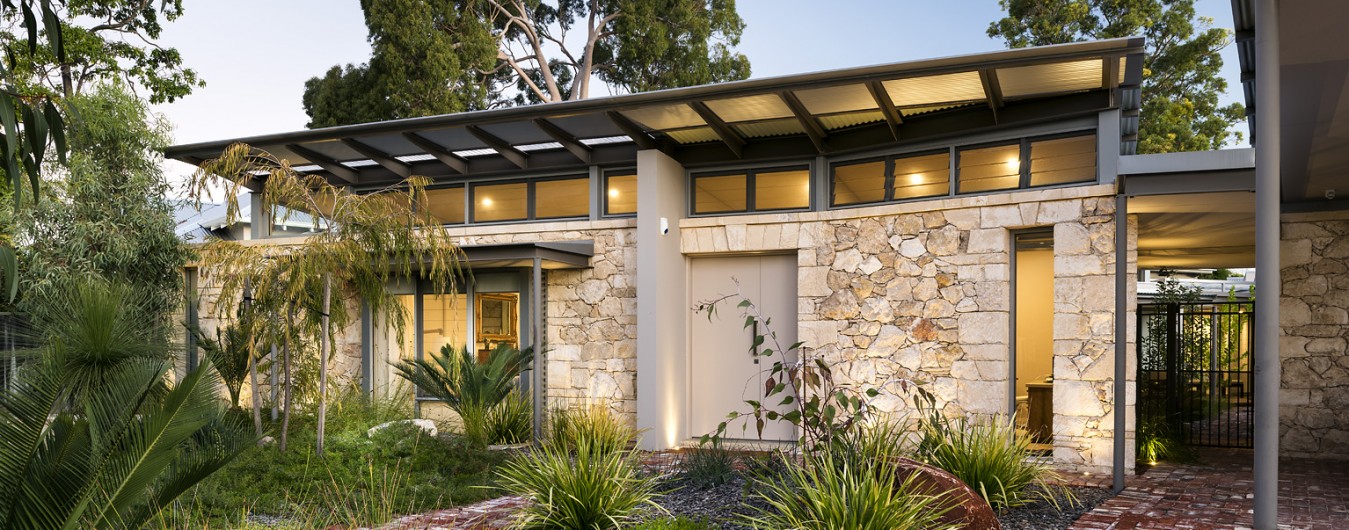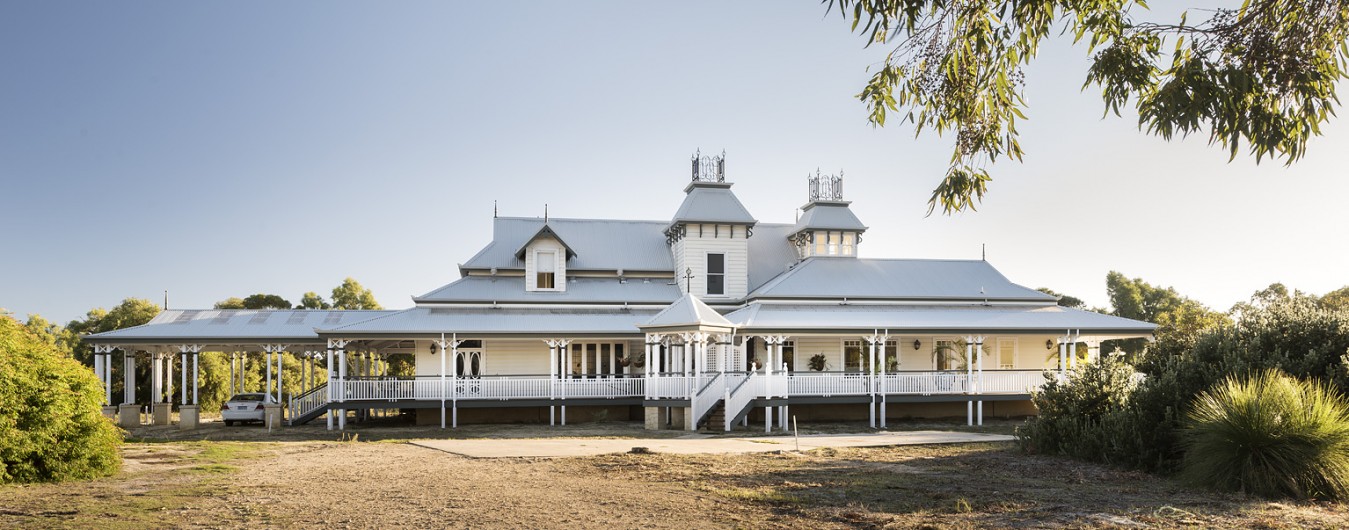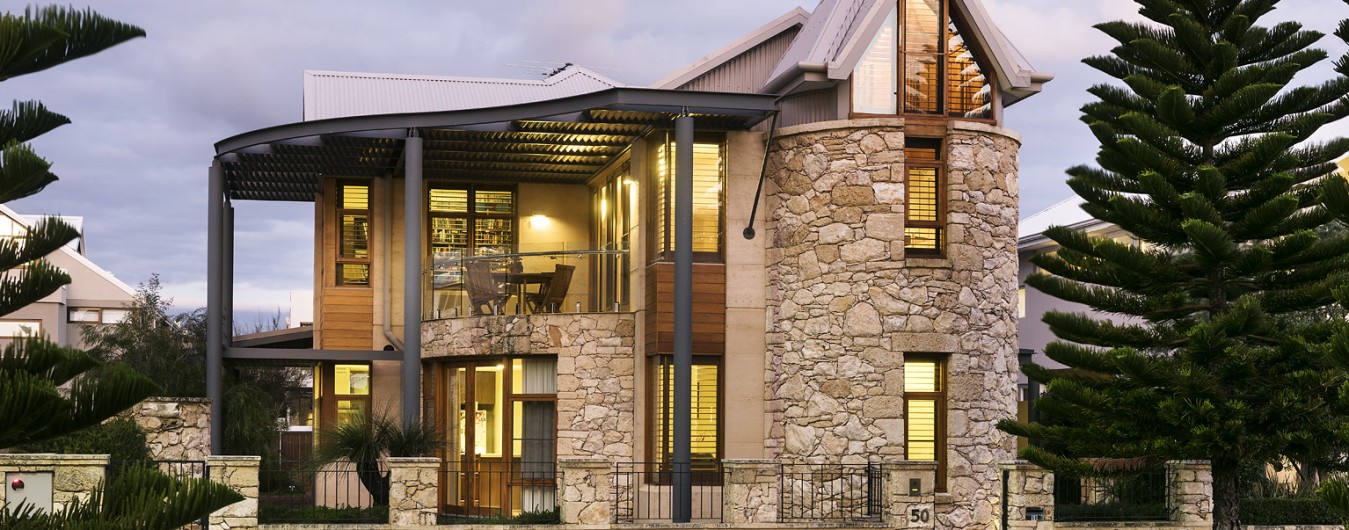Smart Power Grid
Smart Power Grid awareness will cause us to use our energy at the least expensive times of the day, thereby reducing energy costs and reducing the load on our power plants during the peak periods. At the same time we will reduce the CO2 in the atmosphere, positively affecting our contribution to Greenhouse gases.
PV Panels Efficiency
Retired academic and author Peter Little describes in a letter below how we can use green building products such as PV panels and insulation between double brick construction to greatest efficacy by adopting Smart Power Grid behaviour.
Heat Transfer Between double Brick Walls
Western Australia housing has a high proportion of buildings made from double brick construction. Heat is transferred from the outside wall to the inside wall with a time lag. Peter’s observation is that this time lag results in the internal heat reaching a peak between 5.30pm and 6pm.
Fill Cavity Walls with Insulation
Peter describes how those of us with double brick walls can vastly improve our thermal efficiency by filling the cavity between the walls with insulation. We generate maximum electricity output from our PV panels at the time of day when the sun’s power is strongest: between 9am and 3pm.
Power Grid
While we send this energy to the grid during the hottest part of the day, at the same time we could draw down electricity from the power grid to run our air-conditioners, turning them off ahead of the peak electrical load periods 4pm-8pm.
Once we have created a thermo-flask situation of coolness inside the home in the early part of the afternoon, the insulation between the walls will keep the interior cool for a long time. We would then be working ahead of the weather. The utilization of solar energy smart power grid technology will see renewable energy costs fall.
Smart Power Grid Thinking
By changing our habits and adapting to Smart Power Grid thinking we will run our air-conditioners in the early afternoon, cooling the interior of the house instead of waiting for the house to reach the highest internal temperature late afternoon. In winter the reverse will be true, heating the inside of the insulated house before mid afternoon will allow the house hold its warmth through to the evening.
The thermal storage ability of bricks, especially in double brick construction, together with efficient insulation in the cavity walls and well-placed PV panel installations, will reduce energy costs for the householders, reduce Smart Power Grid peak load and lower CO2 emissions.
Image retrieved from: http://www.ais-group.com.au/cavity-wall-insulation
Following is an article from Retired Academic PETER LITTLE:
Double Brick Housing Construction
How fortunate we are in Western Australia compared to our Eastern States counterparts. Our housing stock is predominantly double brick compared to their brick veneer. How fortunate we are that our double brick housing stock—85% of which is estimated to be with us in 2050—can have some of the most energy efficient air conditioners in Australia.
Let me explain:
Many, many, years ago, our research for the Clay Brick Manufactures Association of Western Australia [1] established the time lag effect of heat transfer through double brick walls from the outside surface of the brick into the internal environment. Recent studies [2] have simply confirmed what we have understood for nearly 50 years and that is that this transfer of heat is causing the internal temperature of Western Australian housing stock to reach peak internal temperature between 5.30pm and 6pm during summer evenings. Slap in the middle of peak power grid loading.
Now you will no doubt say this creates a major problem and is a disaster for the production and distribution of our power supplies from the power grid and you would be quite correct in making this assumption. 4pm to 8pm is a busy time of the day. Food is being prepared; people are coming home from work and looking forward to walking into a cool relaxed environment not to mention being able to get a good night’s sleep and relief from the heat.
Smart Power Grid Loading
We do not need to make assumptions that people will turn on their air conditioner to seek relief from the heat and ensure their house is kept cool during peak internal temperatures. We know they will. You might even say that the design of double brick housing is a main factor in increasing peak loading for power supply and responsible for increasing the price of our electricity—you would not be far wrong.
Opportunity
However, due to a strange quirk of fate the existing Western Australian housing stock has the potential to make a very real contribution to the reduction in peak power grid demand for electricity and CO2 emissions and put the State way in front of Eastern State counterparts.
Creating a Thermo-Flask
We all know and understand the principle of the thermo-flask and its ability to keep its contents cool or hot over time. We simply turn our double brick house into a thermo-container and use our air-conditioners to cool or heat it before the peak power grid loading period of 4pm to 8pm. The house like the thermo-flask can then keep its contents cool or warm.
If we can achieve this we can actually start serious debate regarding the real value of PV panels on domestic roofs.
PV Panels
Unfortunately PV panels generate a significant part of their output between 9am and 3pm prior to peak electrical loading and have not yet developed effective economical battery storage to carry over peak loading periods.
We can tilt our collectors to the west for small reductions in efficiency and increases in power output during the later part of the day but PV’s cannot help when they are most needed during peak load periods.
Slow Down Heat Transfer
It is indeed fortunate that double brick housing walls have a cavity that can be economically and effectively filled with insulation slowing and impeding the transfer of external heat to the inside wall in summer and in winter slowing and impeding the transfer of heat from the internal to the external wall (inside to outside).
It also means that all the thermal mass of the inside walls—insulated from outside influences—will act as cool stores in summer and heat stores in winter.
Operate Air Conditioners Prior to Peak Load Periods
Once we have constructed our thermo-container house we can now use the power generated from rooftop PV’s to drive our air conditioners to heat and cool our internal walls prior to peak loading periods.
The mass of the insulated internal brickwork, at a greater density than the internal air acts like the liquid in the thermo-flask keeping coolness and warmth over extended periods of time.
The Federal Government needs to recognize that traditional Western Australian double brick housing is historically different from its Eastern States counterparts and that used in this way it has significant potential to contribute to reductions in both power grid demand and CO2 emissions
Must Increase Thermal Efficiency of Houses
Simply adding PV panels to roof tops without increasing the thermal efficiency of houses does little to confront our main problem—peak electrical loadings on the power grid.
It is considered imperative that ways be found to carry out studies on the thermal storage capacity of internal brick walls as a function of time so that the findings can help improve the energy efficiency of the 85% of the existing Western Australian housing stock that will still be with us in 2050 We will then be able to optimize the energy efficiency of existing air conditioning systems.
Once we have reliable data in this field, the real challenge then becomes one of ensuring the information is disseminated throughout the building industry.
Smart Power Grid technology is the way forward to reduce emissions and increase energy efficiency in the home.
[1 ] Solar Energy Research Institute of Western Australia, monitoring results from “Solar Q1” experimental solar house1977, Dr Robert Lawrance and Peter Little
[2] Thermal monitoring, recorded on digital data loggers, Silvervines Baptistcare , Margaret River, 2011



